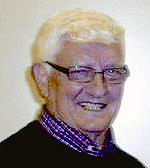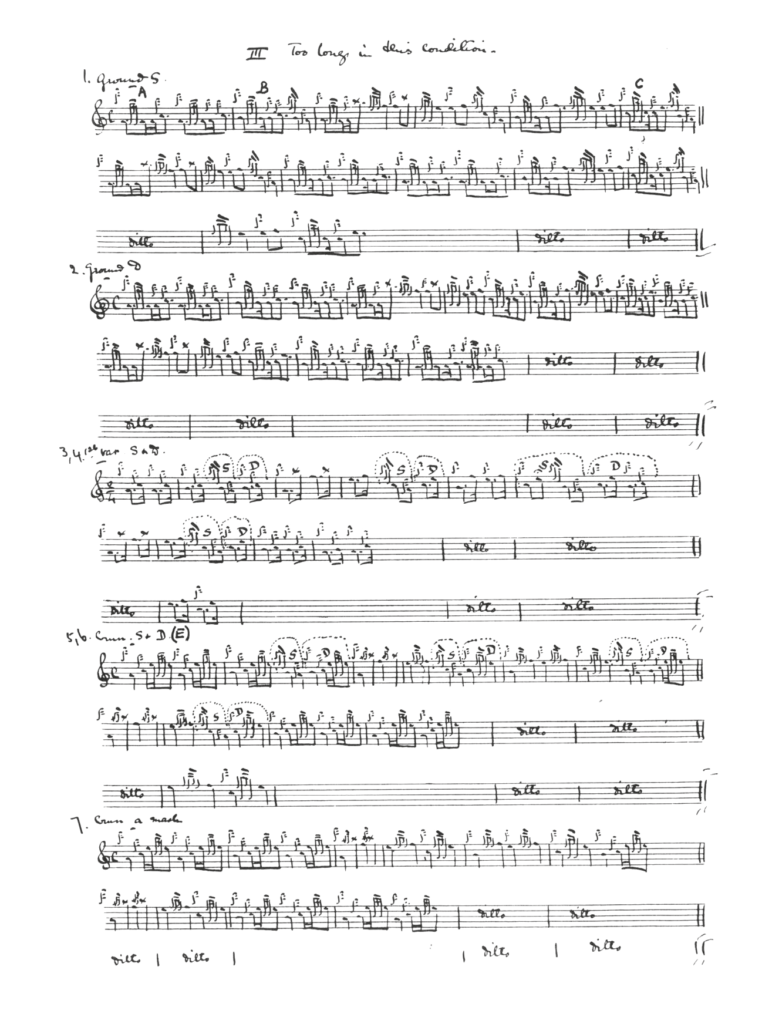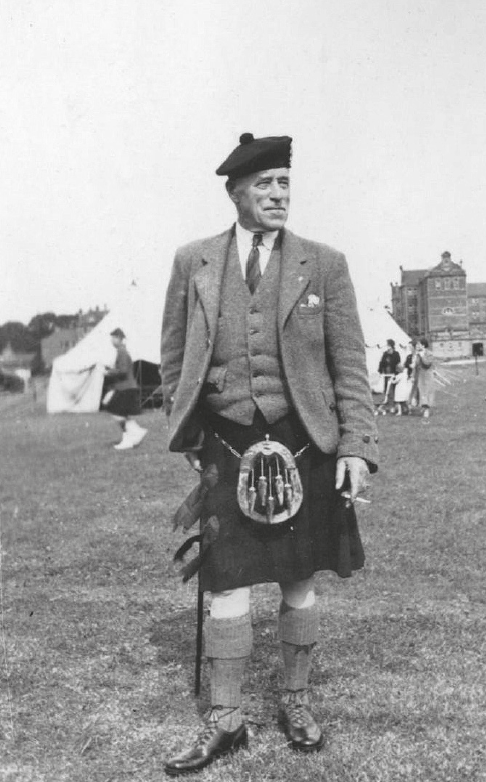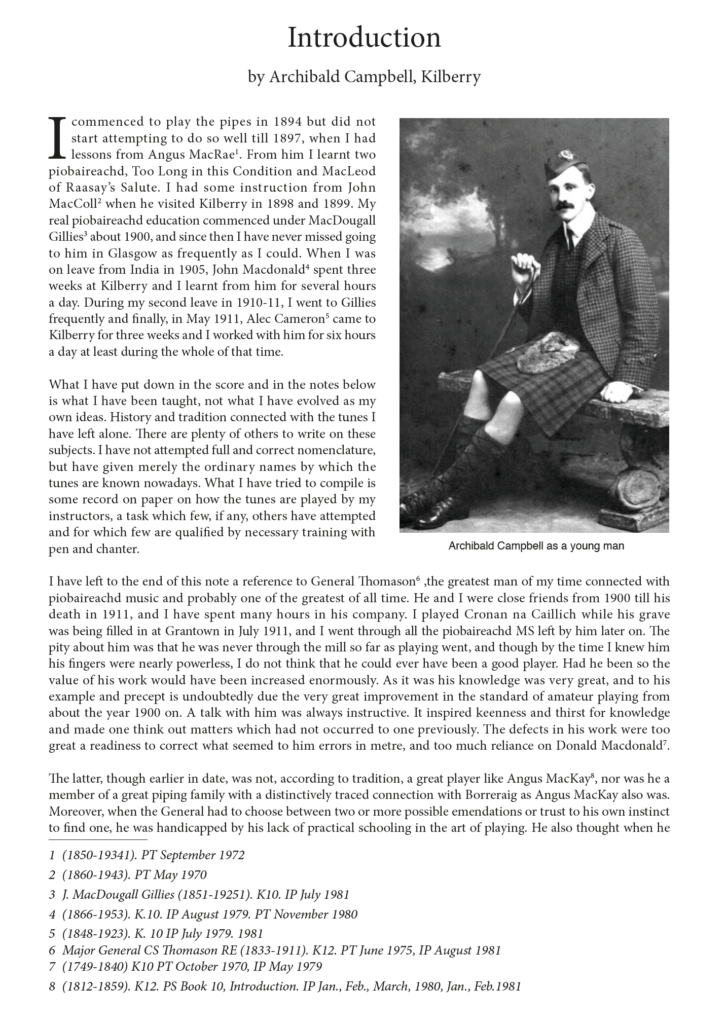Side Lights on the Kilberry Book of Ceol Mor –
New Edition 2016

First released in two volumes in 1984 and 1986, this new, high quality combined edition comprises all of the original material plus information on a further ten pieces giving a total of 60 tunes with detailed notes of instruction pursued and received by Archibald Campbell of Kilberry from 1900 -1911.
His instructors were Alexander Cameron, John MacDougall Gillies and John Macdonald, Inverness, men recognised as the leading authorities and teachers during the early decades of the last century. The original volumes were edited by his son James Campbell (1916 –2003). The new combined edition was edited, compiled and designed by Malcolm McRae and Robert Wallace on behalf of The Piobaireachd Society, the publisher.

The hand written scores by Archibald Campbell are reproduced, and whilst using the same style as is in the main Kilberry Book of Ceol Mor, they are more detailed and use fewer abbreviations. The book is rich in detail on the playing of piobaireachd music and is written in clear English without any pretence or posture.
It presents, as one would expect, an authentic record of how the music was played and passed on at that time, with findings and views recorded on paper by one who was able to do so from instruction received from the top authorities of the period. The aim of the writings could be viewed as enhancing existing knowledge rather than instruction for the beginner.

It should be remembered that this era was fifty years or so before the advent of the tape recorder, the device which allowed students to record chanting or singing during lessons (perhaps leading them to bypass actually thinking about the music and its structure, and where copying without attempting to understand could become the norm.)
The book goes into a high degree of the finer points of the music and discusses different items such as types and treatment of echo beats, pace changes between the variations, increasing speed between singlings and doublings of variations (where a big difference is advocated), timing of three note cadences, the handling and timing of embellishments and the treatment of the notes normally recorded on scores as semiquavers.

The impression of a more rounded style than is heard today can be gleaned from some of the comment, and the author makes the point that the music was never clipped and smoothness was required at all times.
Here, in his ‘General Remarks on Piobaireachd Playing’ preface, is the author on that very point: ‘Smoothness. Short full notes are never clipped in the staccato fashion so necessary for the successful rendering of competition marches and reels. There is much art in playing a note short without cutting it and in introducing minute shades of difference of shortness. Cameron excels here and so does Gillies. Macdonald is possibly too great…….’
And on double echoes: ‘What I have said refers more particularly to the echoes on the other notes than to those on the D. In the latter the low G gracenote has a good weight but it is not played so long as the single gracenote corresponding in the other turns. Certain remarks of general application have been recorded……’
That very detailed instruction was received is evident from the writing and the highest respect for the three teachers is recorded, each of whose playing style is related to a common source.
The author discusses minor differences in their interpretations and is not reluctant to state his own preference one way or the other. The book is suitable for studying the subject of piobaireachd playing as a whole and the same range of principles keep reappearing through a lot of the 60 tunes analysed.
It would make good, or required reading, for students of the music, competitors, and even judges alike. The book contains 135 pages and is spiral bound. It is obtainable at the reasonable cost of £15 from the Piobaireachd Society and outlets. www.piobaireachd.co.uk
[wds id=”27″]




















Recent Comments